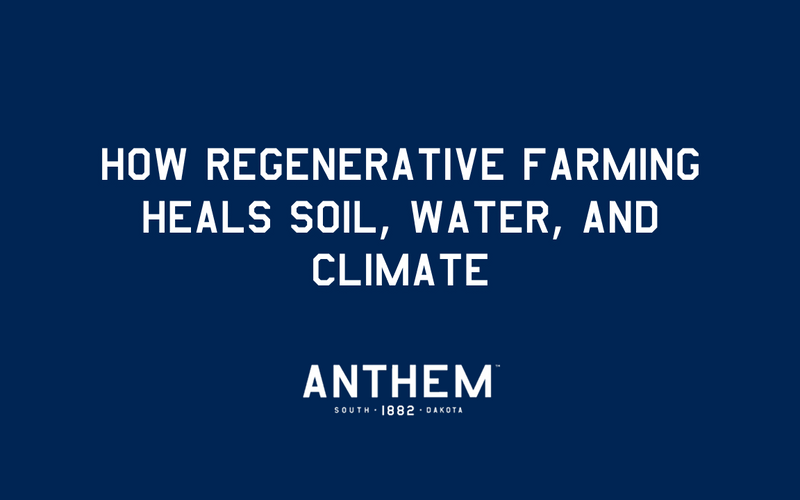
When you shop for food today, you’re surrounded by labels, non-GMO, gluten-free, organic, regenerative. Some feel like marketing, some represent strict standards, and some signal a shift in how we think about farming altogether. For Anthem Oats, understanding the difference between organic and regenerative is more than a label, it’s about the health of the soil, the integrity of our harvest, and the future of farming.
What “Organic” Really Means
The USDA launched the organic program in the early 2000s to create consistent standards for how food is grown and processed. For farmers, organic certification is rule-based: no synthetic pesticides or fertilizers, no genetically engineered seeds, and every step of production must meet a list of approved practices.
For consumers, the green USDA Organic seal provides assurance. It tells you the food was grown without most chemicals and with respect for biodiversity. But what it doesn’t tell you is how the soil itself is faring. Organic ensures restriction of inputs, it doesn’t necessarily guarantee that the land is healing or improving over time.
How Regenerative Goes Further
Regenerative agriculture is not about following a checklist. It’s about outcomes. It asks a bigger question: Is the land healthier than it was before?
That means looking at the farm as an ecosystem where soil, water, plants, animals, and people are all connected. The goal isn’t just to sustain but to restore and strengthen the system itself. On a regenerative farm, practices adapt to the land and climate. The focus is on:
-
Building soil organic matter and biodiversity
-
Improving water retention and resilience against drought or flood
-
Reducing chemical inputs through healthier soil biology
-
Capturing carbon and supporting cleaner air and water
Instead of simply limiting what farmers can’t do, regenerative encourages them to ask what will make the land thrive?
Our Commitment Beneath the Surface
Our fifth-generation farm has always believed that oats are only as good as the ground they grow in. That’s why we follow regenerative principles that go beyond organic certification. We rotate crops to protect the soil, dedicate acres exclusively to oats to avoid cross-contact with other grains, and mill with a light touch to preserve the grain’s natural integrity.
The result is oats that are not only clean but also nutrient-dense, flavorful, and grown in a way that improves the land for the next season, and the next generation.
Choosing the Future
Organic food has played an important role in giving consumers confidence that what’s on their plate is free of most synthetic chemicals. Regenerative farming carries that conversation forward. It’s not just about removing the bad, it’s about actively creating more good.
At Anthem Oats, we believe farming should give back more than it takes. For us, regenerative isn’t just a label. It’s a commitment to the soil, the oats, and to you.
Choose oats that give back to the land


